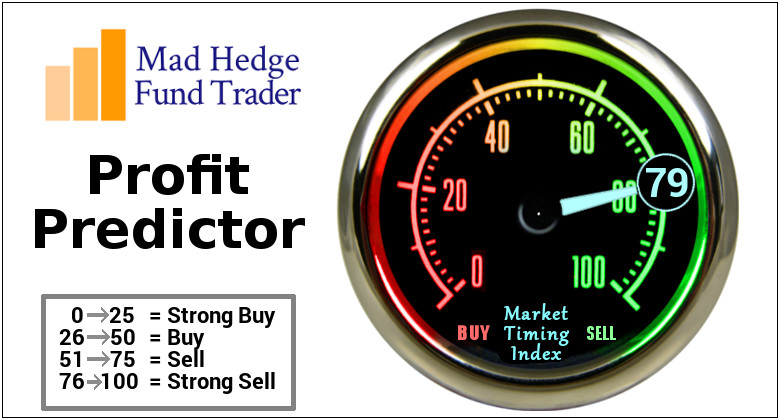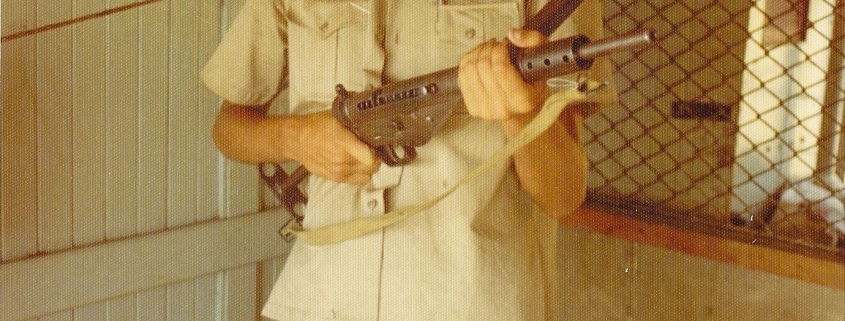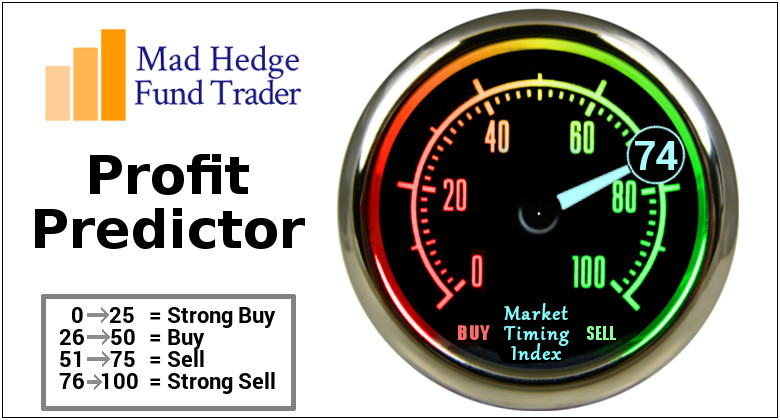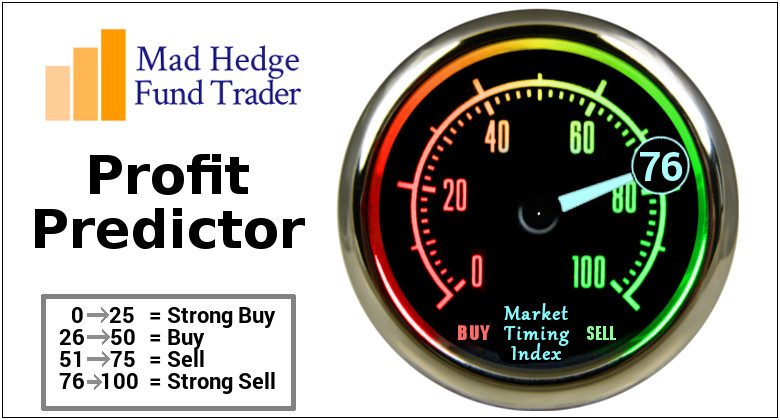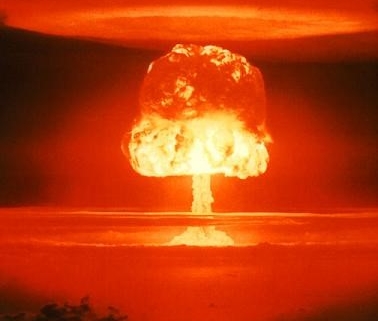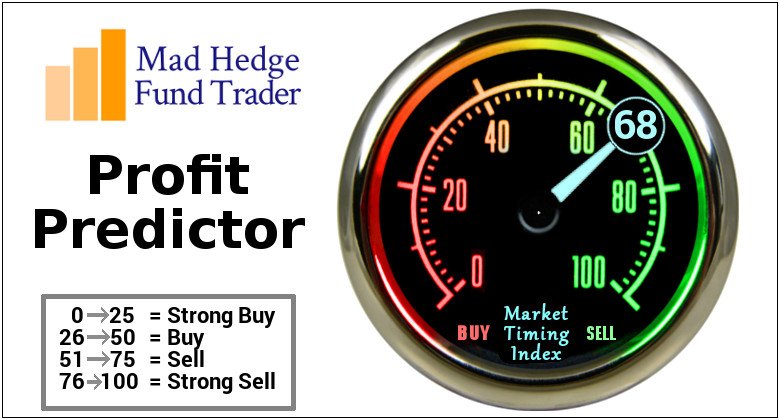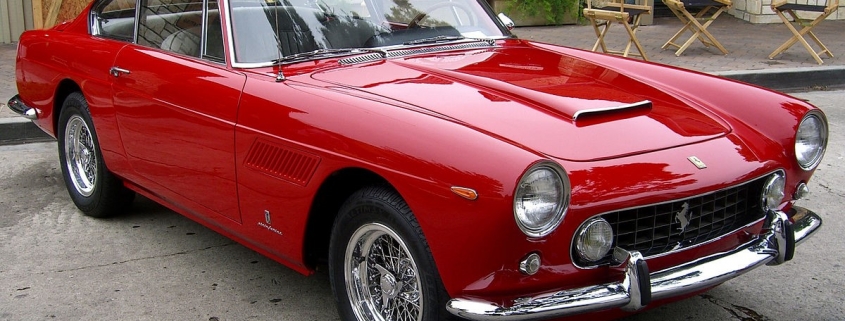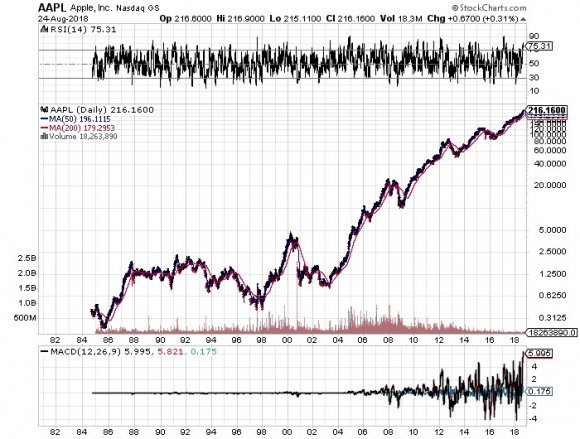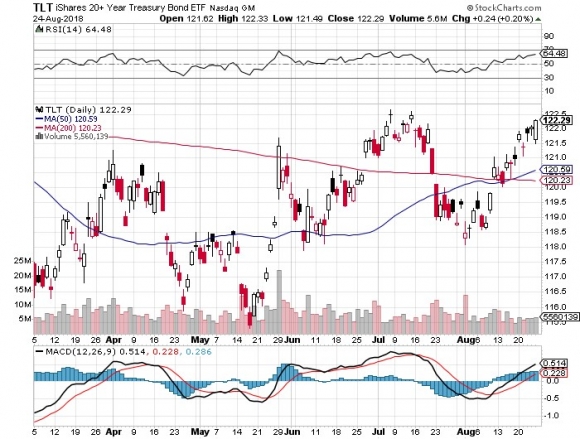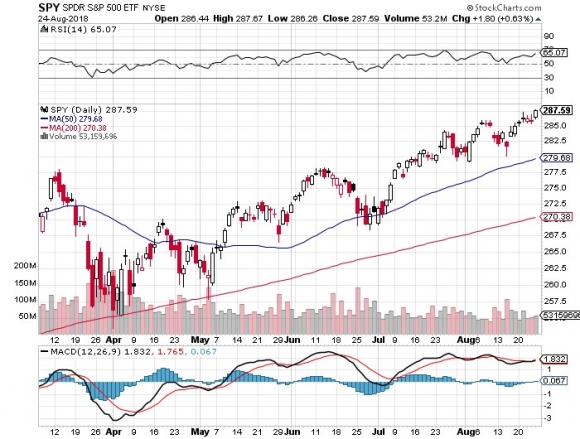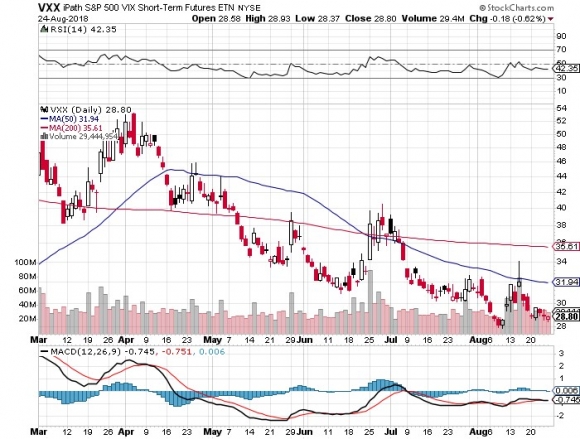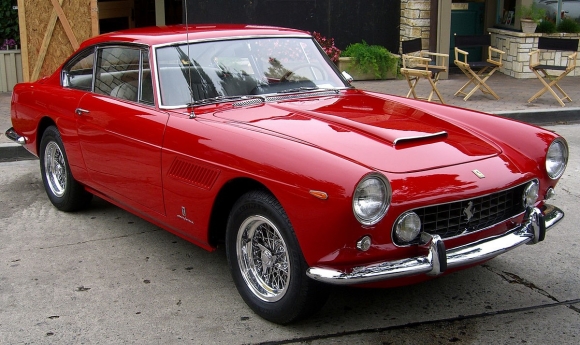Global Market Comments
August 30, 2018
Fiat Lux
Featured Trade:
(TUESDAY, OCTOBER 16, 2018, MIAMI, FL, GLOBAL STRATEGY LUNCHEON),
(IT’S TIME TO START LOOKING AT EMERGING MARKETS),
(EEM), (EPHE), (PIN), (FXI), (EWZ),
(INDUSTRIES YOU WILL NEVER HEAR ABOUT FROM ME)
With major moves down across the entire commodity space this year, it’s time to take another look at emerging markets (EEM).
Buying low and selling high is what the Mad Hedge Fund Trader service is all about. The natural tendency of individual investors is the opposite. Emerging markets are now approaching decade lows.
The worst-performing asset class in the world from 2014-2018, emerging stock markets were certainly taken out to the woodshed for a severe thrashing, just like my grandfather used to do when he caught me shooting at the local stop signs with my .22.
The problem is that a strong dollar is causing the debts of most private companies in these countries to increase dramatically. They usually borrow in dollars because of the lack of local currency indigenous debt markets. When the dollar is weak the math works in reverse, decreasing their debts.
All it would take is a weak dollar and a rebound in commodity prices and it will be off to the races for emerging markets once again. So, it is time to start putting emerging markets on your radar once again.
I managed to catch a few comments in the distinct northern accent of Jim O'Neil, the fabled analyst who invented the “BRIC” term, and who recently retired from the chairman's seat at Goldman Sachs International (GS) in London.
O'Neil thinks that it is still the early days for the space, and that these countries have another 10 years of high growth ahead of them.
I have spent the past half century traveling in emerging economies, starting in 1968 when I spent a summer hitchhiking around Tunisia, Algeria, and Morocco.
To keep from getting bored in college (the advanced math classes were too easy), I took a course in tropical diseases. I then spent the next decade catching them all in Southeast Asia.
As I have been carefully monitoring emerging markets since the inception of this letter in 2008, this is music to my ears.
The combined GDP of the BRICs, Brazil (EWZ), Russia (RSX), India (PIN), and China (FXI), is rapidly approaching that of the U.S. China alone has already surpassed one-third of the $20 trillion figure for American gross domestic product.
“BRIC” almost became the “RIC” when O'Neil was formulating his strategy a decade ago.
Conservative Brazilian businessmen were convinced that the newly elected Luiz Inacio Lula da Silva would wreck the country with his socialist ways.
He ignored them and Brazil became the top-performing market of the G-20 since 2000. An independent central bank that adopted a strategy of inflation targeting was transformative.
Still, with growth rates triple or quadruple our own, (EEM) will not stay “resting” for long.
You can start scaling into the broad iShares MSCI Emerging Markets (EEM) ETF now. Or you can take a rifle shot with the PowerShares India Portfolio ETF (PIN), which has the brightest outlook of the bunch.
Some Markets Were Really Emerging
Global Market Comments
August 29, 2018
Fiat Lux
Featured Trade:
(HOW TO RELIABLY PICK A WINNING OPTIONS TRADE)
Global Market Comments
August 28, 2018
Fiat Lux
Featured Trade:
(VERTICAL BULL CALL SPREADS REVISITED),
(HD), ($INDU),
(THE RECEPTION THAT THE STARS FELL UPON),
(TESTIMONIAL)
For those readers looking to improve their trading results and create the unfair advantage they deserve, I have posted training video on How to Execute a Vertical Bull Call Spread.
This is a pair of positions in the options market that will be profitable when the underlying security goes up, sideways, or down small in price over a defined period of time.
It is the perfect position to have onboard during markets that have declining or low volatility, much like we have experienced over the past year.
I have strapped on quite a few of these babies across many asset classes over the years and they are a major reason why I am up 54.28% on a trailing 12-month basis, with the Dow Average gaining a lowly 6.3%.
To understand this trade, I’ll outline the math on a Home Depot (HD) vertical bull call spread which I executed on August 7.
Followers of my Trade Alert service received text messages and emails to add the following position:
Trade Alert - (HD) - BUY
BUY the Home Depot (HD) September, 2018 $180-$185 in-the-money vertical BULL CALL spread at $4.10 or best
To accomplish this, they can execute the following trades:
Buy 24 September 2018 (HD) $180 calls at…….………$17.60
Sell short 24 September 2018 (HD) $185 calls at……….$13.50
Net Cost:………………………….…………..…….….....$4.10
Potential Profit: $5.00 - $4.10 = $0.90
(24 X 100 X $0.90) = $2,150 or 21.95% in 32 trading days.
This gets traders into the position at $4.10, which cost them $9,840 ($4.10 per option X 100 shares per option X 24 contracts).
The vertical part of the description of this trade refers to the fact that both options have the same underlying security (HD), the same expiration date (September 21, 2018) and only different strike prices ($180 and $185).
The great thing about these positions is that your risk is defined. You can’t lose any more than the $9,840 you put up.
If Home Depot goes bankrupt, we get a flash crash, or suffer another Brexit type event, you will never get a margin call from your broker in the middle of the night asking for more money. This is why hedge funds like them so much.
As long as Home Depot traded at or above $184.10 (The lower $180 strike price plus your $4.10 cost) on the September 21 expiration date, you will make a profit on this trade.
At the time I sent out this trade alert, Home Depot traded at $196.15. So, the stock could have fallen by $12.05, or a hefty 6.14% over the next 32 trading days, and you would still make a profit on the trade.
The shares only need to close at $185 on expiration day for you to capture the maximum potential profit, which can be calculated as:
$5.00 expiration value - $4.10 cost = $0.90 profit
($0.90 profit X 100 contracts per option X 24 contracts) = $2,160, or a gain of 21.95%.
That is not a bad profit in this ultra-low return world in only 32 days.
As it turned out my timing was perfect and Home Depot Shares have since risen to $202.06 a share. The current market value of the Home Depot (HD) September, 2018 $180-$185 in-the-money vertical BULL CALL spread is now $4.90.
This means you can take 88.88% of the maximum potential profit now without having to wait the extra 18 trading days until the September 21 option expiration.
Now you know why I like Vertical Bull Call Spread so much. So, do my followers.
Occasionally, these things don’t work. As hard as it may be to believe, I am not infallible.
So, if I’m wrong and I tell you to buy a vertical bull call spread, and the shares fall not a little, but a lot, you will lose money.
On those rare cases when that happens, I’ll shoot out a Trade Alert to you with stop-loss instructions before the damage gets out of control.
To watch the video edition of How to Execute a Vertical Bull Call Spread, complete with more detailed instructions on how to execute the position with your online platform, please click here.
Vertical Bull Call Spreads Are the Way to Go in a flat to Rising Market
While we’re all sitting on our hands waiting for the Fed to make their move, or non-move, it is time to reminisce about the good old days.
My friend was having a hard time finding someone to attend a reception who was knowledgeable about financial markets, White House intrigue, international politics, and nuclear weapons.
I asked who was coming. She said Reagan’s Treasury Secretary George Shultz, Clinton’s Defense Secretary William Perry, and Senate Armed Services Chairman Sam Nunn. I said I’d be there wearing my darkest suit, cleanest shirt, and would be on my best behavior, to boot.
When I arrived at San Francisco’s Mark Hopkins Hotel, I was expecting the usual mob scene. I was shocked when I saw the three senior statesmen making small talk with their wives and a handful of others.
It was a rare opportunity to grill high-level officials on a range of top secret issues that I would have killed for during my days as a journalist for The Economist magazine. I guess arms control is not exactly a hot-button issue these days. I moved in for the kill.
I have known George Shultz for decades, back when he was the CEO of the San Francisco-based heavy engineering company, Bechtel Corp.
I saluted him as “Captain Schultz,” his WWII Marine Corp rank, which has been our inside joke for years.
Since the Marine Corps didn’t know what to do with a PhD in economics from MIT, they put him in charge of an anti-aircraft unit in the South Pacific, as he already was familiar with ballistics, trajectories, and apogees.
I asked him why Reagan was so obsessed with Nicaragua, and if he really believed that if we didn’t fight them there, we would be fighting them in the streets of Los Angeles.
He replied that the socialist regime had granted the Soviets bases for listening posts that would be used to monitor U.S. West Coast military movements in exchange for free arms supplies. Closing those bases was the true motivation for the entire Nicaragua policy.
To his credit, George was the only senior official to threaten resignation when he learned of the Iran-contra scandal.
I asked his reaction when he met Soviet Premier Mikhail Gorbachev in Reykjavik in 1986 when he proposed total nuclear disarmament.
Shultz said he knew the breakthrough was coming because the KGB analyzed a Reagan speech in which he had made just such a proposal.
Reagan had in fact pursued this as a lifetime goal, wanting to return the world to the pre-nuclear age he knew in the 1930s, although he never mentioned this in any election campaign.
As a result of the Reykjavik Treaty, the number of nuclear warheads in the world has dropped from 70,000 to under 10,000. The Soviets then sold their excess plutonium to the U.S., which today generates 20% of the total U.S. electric power generation.
Shultz argued that nuclear weapons were not all they were cracked up to be. Despite the U.S. being armed to the teeth, they did nothing to stop the invasions of Korea, Hungary, Vietnam, Afghanistan, and Kuwait.
I had not met William Perry since the late 1990s when I bumped into his delegation at Tokyo’s Okura Hotel during defense negotiations with the Japanese. He told me that the world was far closer to an accidental Armageddon than people realized.
Twice during his term as Defense Secretary, he was awoken in the middle of the night by officers at the NORAD early warning system to be told that there were 200 nuclear missiles inbound from the Soviet Union.
He was given five minutes to recommend to the president to launch a counterstrike. Four minutes later, they called back to tell him that there were no missiles, that it was just a computer glitch.
When the U.S. bombed Belgrade in 1999, Russian president, Boris Yeltsin, in a drunken rage, ordered a full-scale nuclear alert, which would have triggered an immediate American counter response. Fortunately, his generals ignored him.
Perry said the only reason that Israel hadn’t attacked Iran yet, was because the U.S. was making aggressive efforts to collapse the economy there with its oil embargo.
Enlisting the aid of Russia and China was key, but difficult since Iran is a major weapons buyer from these two countries.
His argument was that the economic shock that a serious crisis would bring would damage their economies more than any benefits they could hope to gain from their existing Iranian trade.
I told Perry that I doubted Iran had the depth of engineering talent needed to run a full-scale nuclear program of any substance.
He said that aid from North Korea and past contributions from the AQ Khan network in Pakistan had helped them address this shortfall.
Ever in search of the profitable trade, I asked Perry if there was an opportunity in nuclear the plays, like the Market Vectors Uranium and Nuclear Energy ETF (NLR) and Cameco Corp. (CCR), that have been severely beaten down by the Fukushima nuclear disaster.
He said there definitely was. In fact, he personally was going to lead efforts to restart the moribund U.S. nuclear industry. The key here is to promote fifth-generation technology that uses small, modular designs, and alternative low risk fuels like thorium.
I had never met Senator Sam Nunn and had long been an antagonist, as he played a major role in ramping up the Vietnam War. Thanks to his efforts, the Air Force, at great expense, now has more C-130 Hercules transport planes that it could ever fly because they were assembled in his home state of Georgia. Still, I tried to be diplomatic.
Nunn believes that the most likely nuclear war will occur between India and Pakistan. Islamic terrorists are planning another attack on Mumbai. This time India will retaliate by invading Pakistan. The Pakistanis plan on wiping out this army by dropping an atomic bomb on their own territory, not expecting retaliation in kind.
But India will escalate and go nuclear, too. More than 100 million would die from the initial exchange. But when you add in unforeseen factors, such as the broader environmental effects and crop failures (CORN), (WEAT), (SOYB), (DBA), that number could rise to 1 billion to 2 billion.
Nunn applauded current administration efforts to cripple the Iranian economy, which has caused its currency to fall 50% in the past two years. The strategy should be continued, even if innocents are hurt.
He argued that further arms control talks with the Russians could be tough. They value these weapons more than we do, because that’s all they have left.
Nunn delivered a stunner in telling me that Warren Buffett had contributed $50 million of his own money to enhance security at nuclear power plants in emerging markets.
I hadn’t heard that.
As the event drew to a close, I returned to Secretary Shultz to grill him some more about the details of the Reykjavik conference held some 26 years ago.
He responded with incredible detail about names, numbers, and negotiating postures. I then asked him how old he was. He said he was 94. I responded, “I want to be like you when I grow up.”
He answered that I was “a promising young man.” It was the best birthday gift I could have received.
Oops, Wrong Number
Hey John,
Bought a leap on LRCX. It’s up more than 50% in one day. My account is small,
but I’m up 26% in two months. Take a look at this screen shot:
Well done Andrew. The student becomes the teacher.
John Thomas
Global Market Comments
August 27, 2018
Fiat Lux
Featured Trade:
(THE MARKET OUTLOOK FOR THE WEEK AHEAD),
(AAPL), (TLT), (SPY),
(BIDDING MORE FOR THE STARS),
(SPY), (INDU), (AAPL), (AMZN)
Ahhhh…the wonders of global excess liquidity.
Last week saw senior-level felony convictions, the real estate and auto industries rolling over and playing dead, rising inflation, escalating trade wars, sagging exports. It’s as if an entire flock of black swans landed on the markets.
And what did stocks do? Rocket to new all-time highs, Of course! What, are you, some kind of dummy? Didn’t you get the memo? With $50 trillion of global excess liquidity spawned by a decade of quantitative easing, of course stocks will go straight up, forever!
Until they don’t.
Even my favorite, Apple (AAPL) blasted through to new highs at $219 after an analyst raised his target to $245. You may recall me loading the boat with Apple calls during the February meltdown when the shares hit $150.
My target for Apple this year was $200, which I then raised to $220. Am I going to raise my target again? No. As my late mentor, Barton Biggs used to say, “Always leave the last 10% for the next guy.”
It kind of makes my own split adjusted cost of Apple shares of 50 cents, which I picked up in 1998, look pretty good. Yup. That double bottom on the charts at 40 cents said it all.
I used the strength to increase my cash position from 80% to 90%, unloading my long position in Walt Disney options at cost. That leaves me with a single short position in bonds (TLT), which have to see yield on the 10-year U.S. Treasury bond market to fall below 2.67% in three weeks before I lose money.
I am even focusing a sharp eye on the Volatility Index (VIX) for a trade alert this week. If you buy the January 2019 (VXX) $40 calls at $2.90 and the ETF rises 25 points to its April high of $54, these calls would rocket by 382% to $14.00. Sounds like a trade to me! Then I can say thank you very much to Mr. Market, thumb my nose at him, and then take off for the rest of the year. TA-TA!
In the meantime, much of industrial America is getting ready to shut down. Tariffs on 50% of all Chinese imports come into force in September. It turns out that you can’t make anything in the U.S. without the millions of little Chinese parts you’ve never heard of, which also have no U.S. equivalent.
Factories will have to either pass their costs on to consumers in a deflationary economy or shut down. What the administration has done is offset a tax cut with a tax increase in the form of higher import taxes. It was not supposed to work out like that.
The bond rally has pared back my August performance to a dead even at 0.02%. My 2018 year-to-date performance has pulled back to 24.84% and my nine-year return appreciated to 301.31%. The Averaged Annualized Return stands at 34.76%. The more narrowly focused Mad Hedge Technology Fund Trade Alert performance is annualizing now at an impressive 32.24%.
This coming week will be real estate dominated on the data front.
On Monday, August 27, at 10:30 AM EST, we obtain the Dallas Fed Manufacturing Survey.
On Tuesday, August 28, at 9:00 AM EST, we get the June S&P CoreLogic Case-Shiller National Home Price Index. Will we start to see the price falls that more current data are already showing?
On Wednesday, August 29, at 10:00 AM EST, we learn July Pending Home Sales, which lately have been weak.
Thursday, August 30, leads with the Weekly Jobless Claims at 8:30 AM EST, which saw a fall of 2,000 last week to 210,000.
On Friday, August 31, at 10:00 AM EST, we get Chicago Purchasing Managers Index for July. Then the Baker Hughes Rig Count is announced at 1:00 PM EST.
As for me, I think I’ll pop over to the Pebble Beach Concours d'Elegance vintage car show this weekend and place a bid on Ferris Bueller’s red 1962 Ferrari GT California. It’s actually a Hollywood custom chassis built around a Ford engine. I can’t afford a real vintage Ferrari GTO, one of which is expected to sell for an eye-popping $60 million this weekend.
Good luck and good trading.
The stock market has turned into the real estate market, where everyone is afraid to sell their shares for fear of being unable to find a replacement. Will it next turn into the Bitcoin market?
Risk assets everywhere are now facing a good news glut.
My 2019 market top target of 28,000 for the Dow Average is rushing forward with reckless abandon.
Today's price action really gives you the feeling of an approaching short-term blow-off market top.
A few years ago, I went to a charity fundraiser at San Francisco's priciest jewelry store, Shreve & Co., where the well-heeled men bid for dates with the local high society beauties, dripping in diamonds and Channel No. 5.
Amply fueled with champagne, I jumped into a spirited bidding war over one of the Bay Area's premier hotties, whom shall remain nameless. Suffice to say, she is now married to a tech titan and has a sports stadium named after her.
Obviously, I didn't work hard enough.
The bids soared to $23,000, $24,000, $25,000.
After all, it was for a good cause. But when it hit $26,000, I suddenly developed a severe case of lockjaw.
Later, the sheepish winner with a severe case of buyer’s remorse came to me and offered his date back to me for $24,000. I said, “No thanks.” He then implored, “$23,000, $22,000, $21,000?"
I passed.
The altitude of the stock market right now reminds me of that evening.
If you rode the S&P 500 (SPX) from 667 to 2,790 and the Dow Average (INDU) from 7,000 to 25,790, why sweat trying to eke out a few more basis points, especially when the risk/reward ratio sucks so badly, as it does now?
Here we are eight months into the year, and my top picks for the year have gone ballistic. Amazon (AMZN) has doubled off its February low of $1,000, and Apple (AAPL) shares have soared from $150 to $217. Today, an analyst raised his forecast to $245.
As my late mentor, Morgan Stanley’s Barton Biggs, always used to tell me, “Always leave the last 10% for the next guy.”
I realize that many of you are not hedge fund managers, and that running a prop desk, mutual fund, 401k, pension fund, or day trading account has its own demands.
But let me quote what my favorite Chinese general, Deng Xiaoping, once told me: "There is a time to fish, and a time to hang your nets out to dry.
You don't have to chase every trade.
At least then I'll have plenty of dry powder for when the window of opportunity reopens for business. So, while I'm mending my nets, I'll be building new lists of trades for you to strap on when the sun, moon, and stars align once again.
What Am I Bid?
Legal Disclaimer
There is a very high degree of risk involved in trading. Past results are not indicative of future returns. MadHedgeFundTrader.com and all individuals affiliated with this site assume no responsibilities for your trading and investment results. The indicators, strategies, columns, articles and all other features are for educational purposes only and should not be construed as investment advice. Information for futures trading observations are obtained from sources believed to be reliable, but we do not warrant its completeness or accuracy, or warrant any results from the use of the information. Your use of the trading observations is entirely at your own risk and it is your sole responsibility to evaluate the accuracy, completeness and usefulness of the information. You must assess the risk of any trade with your broker and make your own independent decisions regarding any securities mentioned herein. Affiliates of MadHedgeFundTrader.com may have a position or effect transactions in the securities described herein (or options thereon) and/or otherwise employ trading strategies that may be consistent or inconsistent with the provided strategies.

